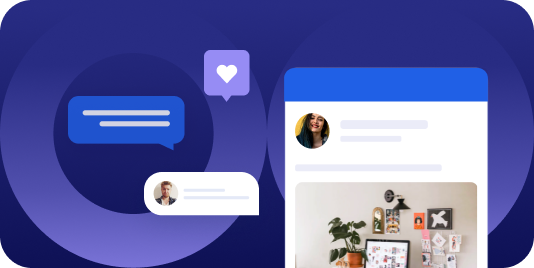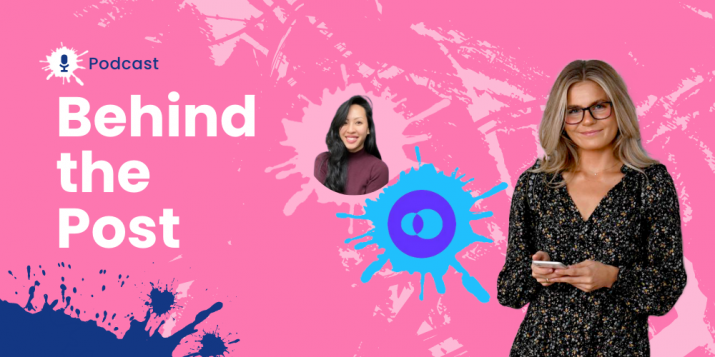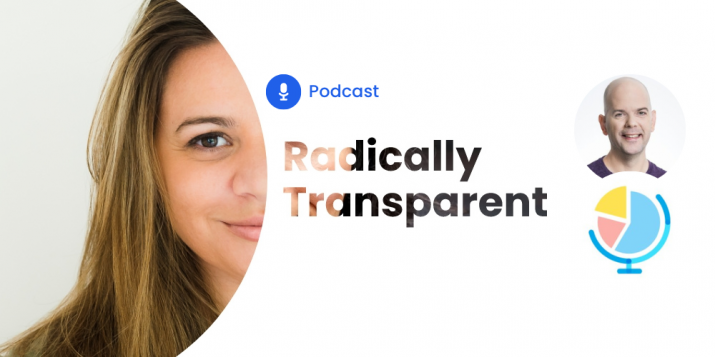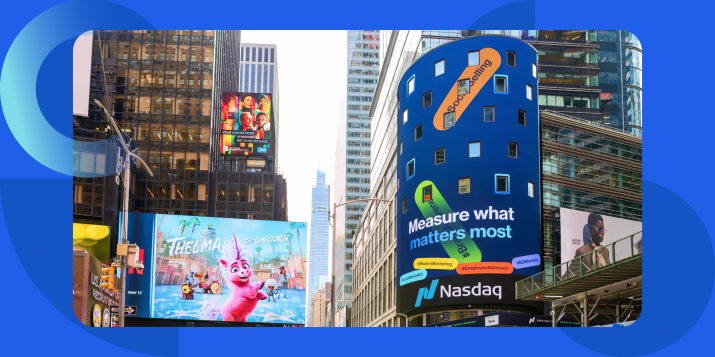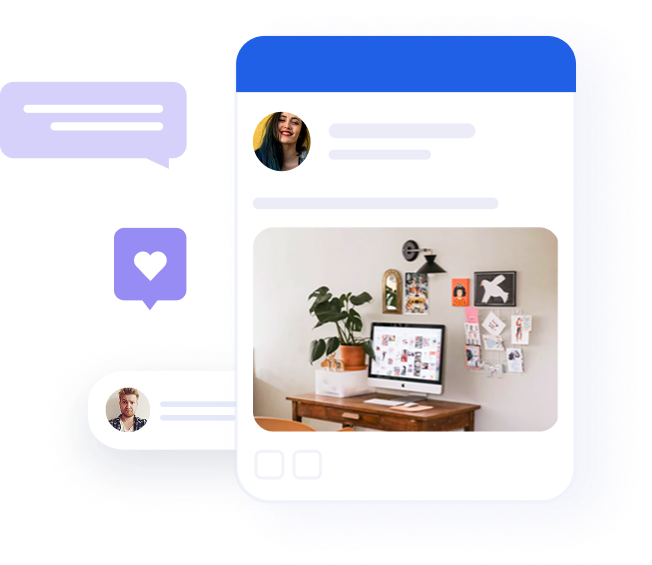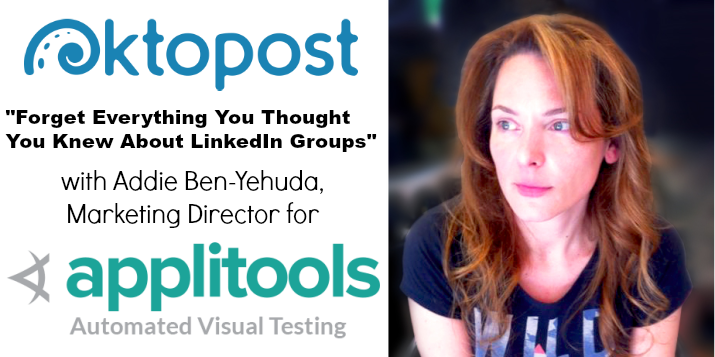
Interview: forget everything you thought you knew about LinkedIn Groups
Table of contents
You’re a B2B marketer taking the time to do your daily routine of engaging, contributing, networking, and promoting on social media. You’re killing it on Twitter, tweeting your thoughts. You’re on the company Facebook keeping your followers up to date on your newest features. Now it’s time to get on LinkedIn and share your content in as many relevant groups as possible to gain awareness, too, right? WRONG!
In our third Oktocast, we speak with Addie Ben-Yehuda, the Marketing Director of Applitools, explaining the dos and don’ts of LinkedIn Groups, and why they should be approached differently than all other social media outlets.
Our Pro-B2B Marketing Guest’s Qualifications:
For the past 15 years, Addie has been managing marketing for both B2C and B2B companies in industries ranging from web, interactive television, media, online advertising, mobile and software for hi-tech start-up companies. As the current Marketing Director of Applitools, she promotes their automated visual testing solution that automatically and instantly detects all UI bugs and visual and functional regressions in the front-end of any web, mobile or desktop app.
PART #1: Understanding the basics of LinkedIn
First of all, LinkedIn is an incredibly powerful tool for B2B marketers. LinkedIn is great because it allows you to tap into demographics according to job title, skill set, interests, company type and company size. This is why LinkedIn is the most powerful social media platform for professionals. LinkedIn Groups gather many of these like-minded professionals into a common space to discuss their interests, solve their problems and share their solutions.
Let’s split LinkedIn into two parts:
- LinkedIn is great for creating that first engagement or first contact, targeting or locating decision makers or people of interest, contacting them via LinkedIn messages and starting a discussion with them, pitching your solution or product to them.
- Groups are about helping other community members with issues that they might face and one of those solutions or the help that you’re proposing can be your solution obviously or your product. But it’s not the same thing.
PART #2: Avoiding bad temptations in LinkedIn groups
The important thing to remember here is a that LinkedIn Groups are for creating real interactions and engagement with real people, building your credibility, and your reputation as an expert in whatever field or industry you want to be considered an expert in. But, as we all know, finding tons of groups that are very relevant to your company and its products can seduce even the most experienced marketers to make some huge mistakes, like:
1. Using a fake profile
Never act as someone else on LinkedIn, no matter how tempting. Let’s say that you find a bunch of groups relevant to your business and can even be an expert on their subject matter. Just one problem. You have that title of Marketing Director next to your name on your profile and they might not like that. It can be tempting to call yourself a Software Developer, but Don’t Do It. Always post as yourself and never post on behalf of someone else, whether they are a coworker or a fake identity. These are things that people pick up on and you don’t want to get blocked or get someone else’s profile blocked.
A good exercise would be to actually open a LinkedIn group by yourself and try and see how things are, the kind of notifications you get when someone tries to join or post to your group. If a user has no connections on their profile, you get a notification. You can block them if you don’t think the profile is genuine. The system is very sensitive to these issues and can’t be outsmarted for long.
2. Do not use the groups to have one-on-one discussions
When in a LinkedIn Group, don’t act in the same way that you would offline or with an individual LinkedIn member. This is a community, so you have to respect the rules. You are speaking to a community and giving solutions that ought to appeal to a large number of people.
3. Don’t treat LinkedIn Groups like they are bulletin boards
This one may be the most tempting trap to fall into and here’s why:
Okay, so you have 50 or 60 groups that are directly related to your business. Perfect! This is amazing for awareness! You’re going to talk about your product’s new features and then the webinar that you’re having and going to ask them to join your Facebook page and like your Facebook page and follow you on Twitter.
Bad idea!
LinkedIn is very sensitive to spammers. So, it’s very important not to blast away or to treat it like a community bulletin board. It’s there for engagement and Q&A to help people. Of course, if you have great blog post, something very informative, a great e-book that you want to promote that gives real value for that specific group, definitely, promote it there, but don’t treat it as bulletin board.
4. Don’t engage unless you know you can reciprocate. This is a BIG one!
Or at least make sure you have someone with you that can manage questions, requests or any other type of feedback. This also relates to the temptation to blast away at 50 or 60 groups. The fact is, participating in that many groups is not scalable or manageable, especially for B2B marketers that deal with highly technical products. Marketers are not always tech savvy and can’t easily answer technical questions. So, if you’re posting in a group that is mostly comprised of software developers and writing about your great new features, you can barely give basic information about the product to one group, let alone 50.
You won’t be able to manage the Q&A, you won’t be able to manage comments, and you won’t be able to engage with people that might be genuinely interested in your product. This makes you seem very unprofessional. It does more harm than good, because a lot of the products are based on support and if you can’t give immediate answers to questions that people ask on LinkedIn, then they are not going to treat you seriously. You might have gotten that first awareness and spiked their interest, but once you didn’t answer accurately in a timely manner, you might as well have posted nothing at all.
This is an especially good point if you work for a start-up or a small business. It is recommended that a small business actively participate in only one or two groups at first. Being a Marketing Director for start-up can be particularly frustrating, because you are often the entire marketing department. As such, you simply don’t have time to participate in that many LinkedIn Groups, even if that was all that you did. Time spent responding to questions on LinkedIn is time not spent on Twitter, Facebook, your blog, your webinars or doing any number of other necessary tasks.
Recommended for further reading
PART #3: Reaping What you sow
So what’s the harm in the mistakes mentioned above?
Well, they may seem like not a big deal in the pursuit of adding awareness to your company, but they are.
1. You can and you will get blocked from the LinkedIn Group admin. Fail.
2. Getting blocked in one group, means you’re probably getting blocked in many others. Serious fail. Enough said.
3. LinkedIn is onto your spammy ways.
FYI, it is possible to post too many LinkedIn Groups at once using certain software and apps. LinkedIn has caught onto this and is not happy about it. In fact, LinkedIn is pulling their API with all third party apps, so pretty soon you won’t be able to blast an article to multiple LinkedIn Groups anyway, from platforms like Oktopost.
But Addie points out that the inability to use social media marketing management platforms to share posts in LinkedIn Groups is actually a good thing. She goes on to explain that the benefits of LinkedIn pulling the plug on this may bring the groups back to life.
How?
For starters, it will be easier for moderators to manage the groups and make them more into conversational engagement platforms for whatever industry professionals want to talk about, instead of just promotional bulletin boards. Ultimately, LinkedIn will be taking away your temptation to make decisions that will be harmful to you anyway. They are simply taking away your shovel before you dig yourself into a hole.
PART #4: Harnessing the power of LinkedIn groups
Look only at the groups relevant to you
Especially if you are a B2B company, there are four major criteria to help you determine whether a particular group is the right one for you:
- Relevant demographics, target audience, whether it be skills or job titles or types of companies or location of companies. Look at the groups and see that it has relevant users.
- Make sure it has a lot of users because you don’t want to start working with a group that has 20 users. You want to target groups that have thousands or tens of thousands of users.
- Well moderated groups are preferable. You don’t want to see a group that’s just all bulletin boards and obviously no one goes in there or it has just becoming a playground for marketers. You want actual professionals going in there and talking and engaging and you want to see that it’s updated regularly. People should be going in there a few times a week asking questions and getting answers.
- Be able to answer questions that group members are asking. Don’t begin by blasting away with marketing materials and announcements. Instead, start answering questions. Seriously, just trying to answer a few questions so the moderator or the group manager sees that you’re actually contributing to the discussion. Relate to what people are writing, don’t try to just make yourself heard, try to really bring value and establish a quality reputation. Try to engage and give answers that are not necessarily about your product, but just try to build your credibility. Later on, you can mention and subtly plug your product, but only when it is relevant to a question or topic of discussion.
- Track your performance and reevaluate. It is important that you keep up to date on which groups are getting you the most traffic and leads. You can use Oktopost to keep track this data and let you know which of your messages performed best and which did not. Track your results with properly tagged URLs, with UTM tags and parameters to determine which groups are generating the most engagement. This can really help you evaluate where to put your time and energy in the future. If you see that you’re working very hard on a certain LinkedIn group and if it does not generate any sort of engagement, then drop it and move to another group and try your luck there.
We’d like to thank Addie Ben-Yehuda for giving us, B2B marketers, amazingly helpful advice on how to approach LinkedIn Groups, especially if you’re asking yourself “Why can’t I make posts to my LinkedIn Groups” via whatever social media management platform you’re using. If you want to get a hold of Addie, you can contact her via her LinkedIn profile.
